Louis Vuitton announces decade long project to rewild London's Chelsea
Central London’s first ‘Heritage Forest' on Pont Street in Chelsea, will be the result of a rewilding partnership between Louis Vuitton, Cadogan and SUGi
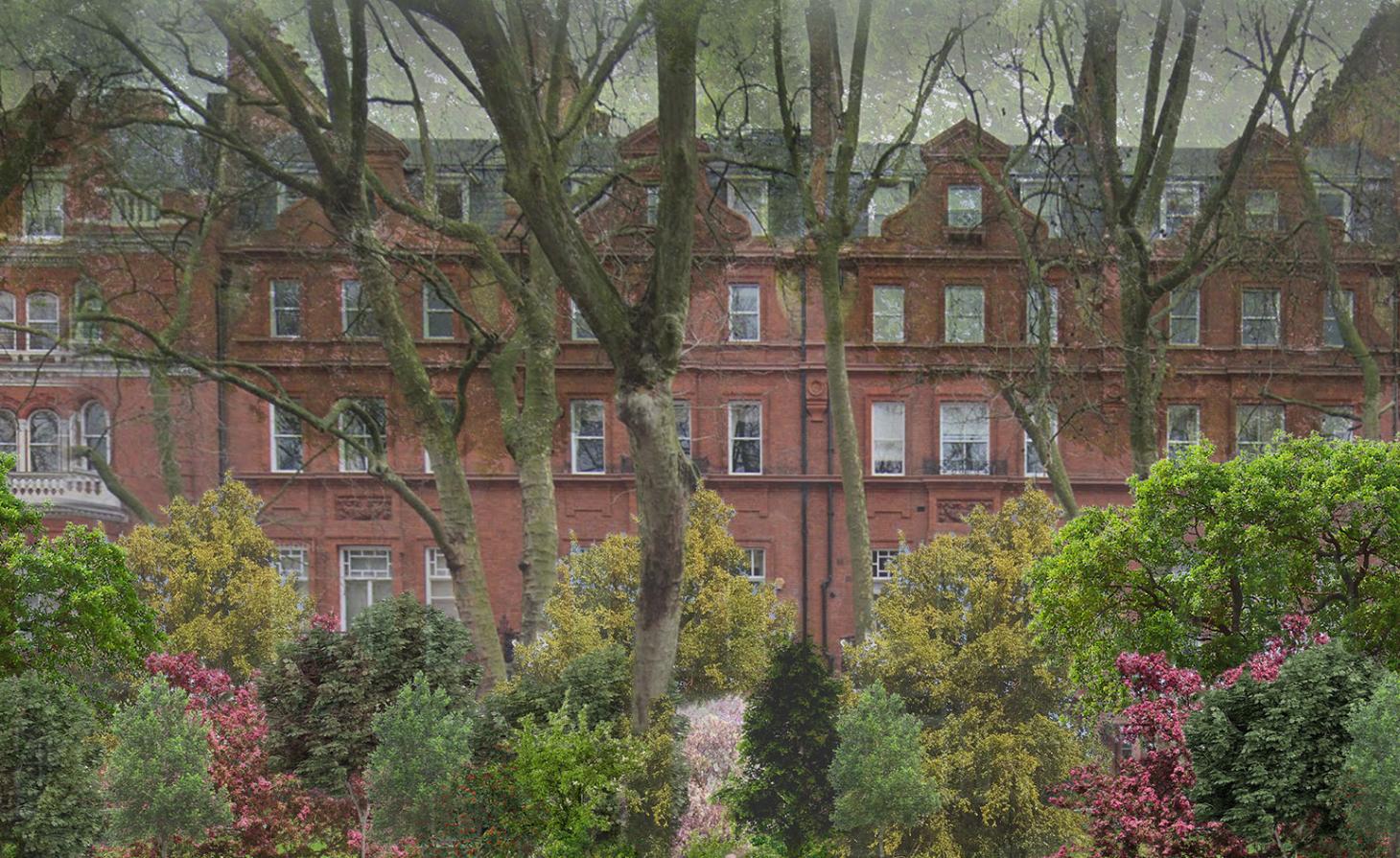
‘Miyawaki’ a planting methodology which gives forests four ‘layers’ – shrubs, sub-trees, trees and a canopy – is a Japanese concept that has a success rate for tree survival with little to no maintenance. It's this approach that is being adopted by Louis Vuitton, property manager, investor and developer Cadogan and SUGi, the globally renowned organisation dedicated to restoring 100% native forests in urban spaces, for an 8-10-year-spanning conservation project encapsulating 240sqm in London's Chelsea, that will rewild part of the upmarket area's Pont Street.
‘The forest will be a green space for local neighbours to find quiet moments of respite and to take in the joys of nature in a vibrant and busy city,' says Elise van Middelem, founder of SUGi, of the pocket forest that will see 630 native trees including Red Campion, Sessile Oak and Hawthorn, plus 77 species of shrub planted in total. ‘Visitors can take in the changing colours of the trees, the aromas of the blossoms and the sound of rustling leaves.'
Rewilding London's Chelsea with 630 native trees and 77 species of shrub
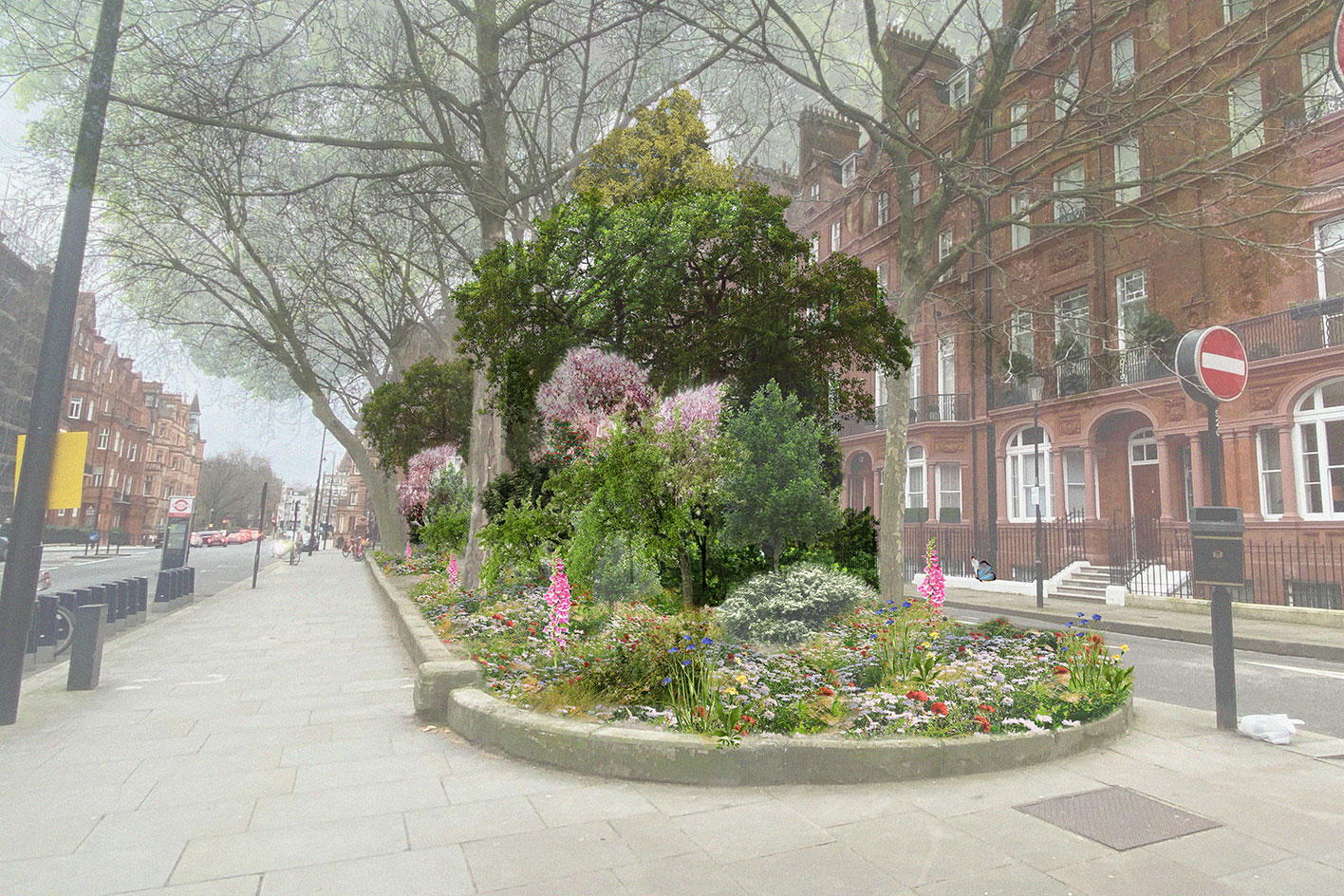
The planned pocket forest, which is close to Louis Vuitton’s Sloane Street street boutique and part of the Cadogan Estate, aims to increase the neighbourhood’s biodiversity and highlight an innovative way for businesses and landowners to collaborate together in an environmentally conscious way. SUGi's pocket forests thrive on six continents, rewilding the gardens of Santiago's Children's Hospital in Chile, restoring the King Charlemagne Forest in Belgium and creating a bee-friendly forest in the UK's Wiltshire. Their rewilded spot in Chelsea is intended to become self-sustaining within three years.
The urban rewilding project also aligns with Louis Vuitton and Cadogan's sustainability-focused initiatives. Cadogan has recently launched a 10-year sustainability strategy Chelsea 2030 which maps out ambitious targets contributing to a more sustainable city, including an increase in Urban Greening Factor by 25% over the next decade. Vuitton's ‘Our Committed Journey' sustainable development plan is dedicated to preserving natural resources by 2025 based on a set of quantitative targets. An internal Positive Impact Committee has been created to lead projects such as this one.
INFORMATION
cadogan.co.uk; louisvuitton.com; sugiproject.com
Receive our daily digest of inspiration, escapism and design stories from around the world direct to your inbox.
-
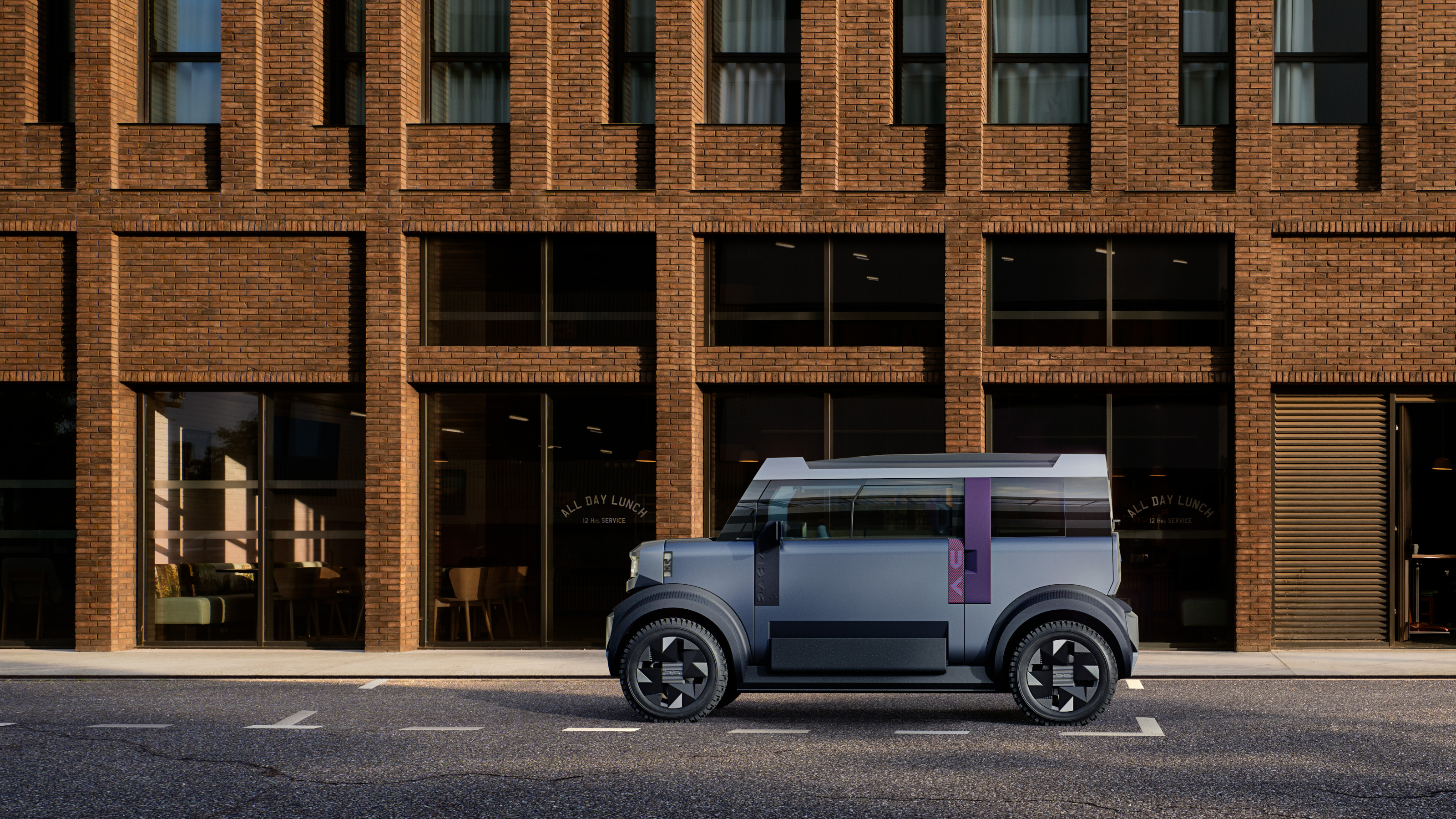 Year in review: the shape of mobility to come in our list of the top 10 concept cars of 2025
Year in review: the shape of mobility to come in our list of the top 10 concept cars of 2025Concept cars remain hugely popular ways to stoke interest in innovation and future forms. Here are our ten best conceptual visions from 2025
-
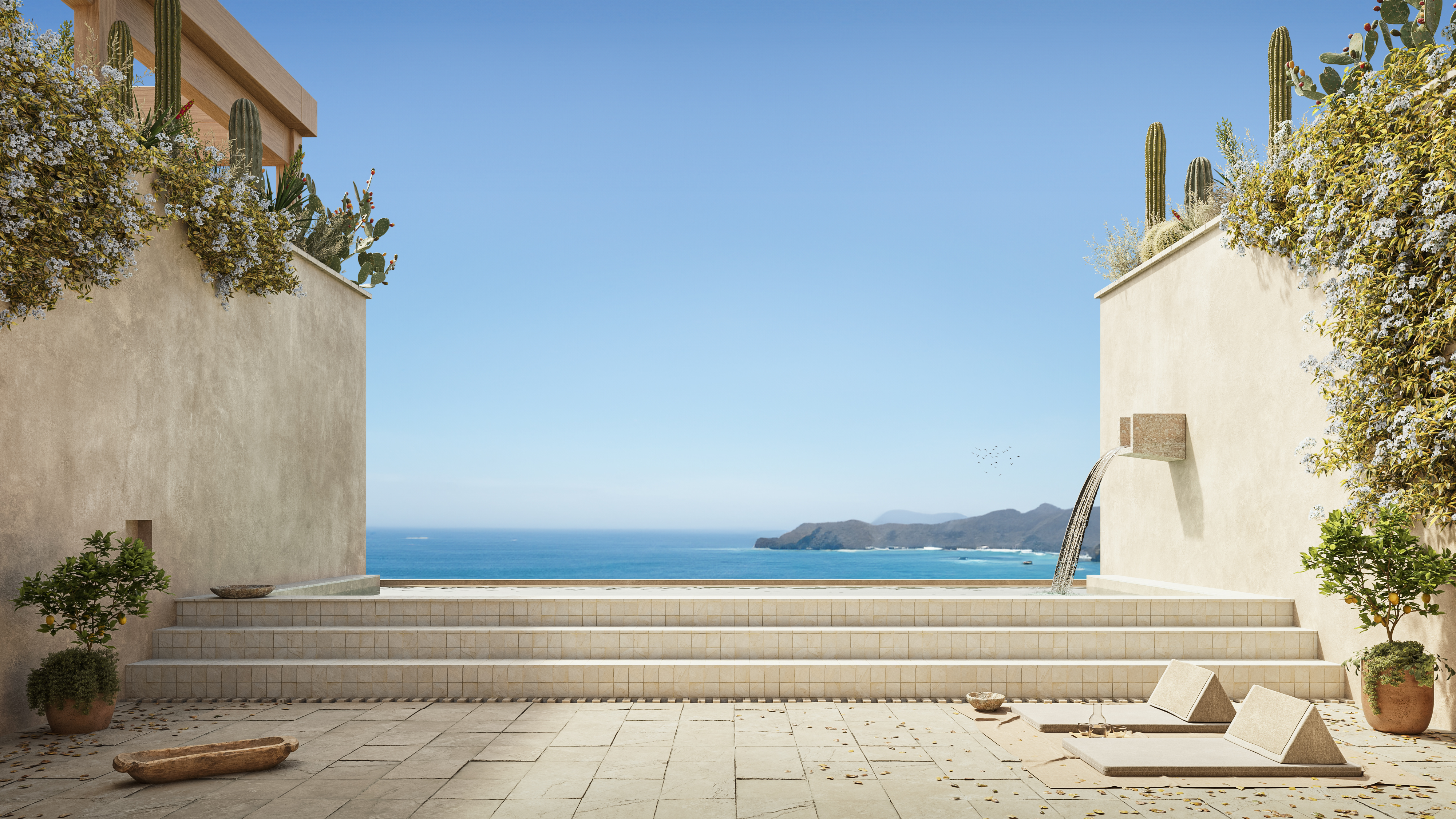 These Guadalajara architects mix modernism with traditional local materials and craft
These Guadalajara architects mix modernism with traditional local materials and craftGuadalajara architects Laura Barba and Luis Aurelio of Barbapiña Arquitectos design drawing on the past to imagine the future
-
 Robert Therrien's largest-ever museum show in Los Angeles is enduringly appealing
Robert Therrien's largest-ever museum show in Los Angeles is enduringly appealing'This is a Story' at The Broad unites 120 of Robert Therrien's sculptures, paintings and works on paper
-
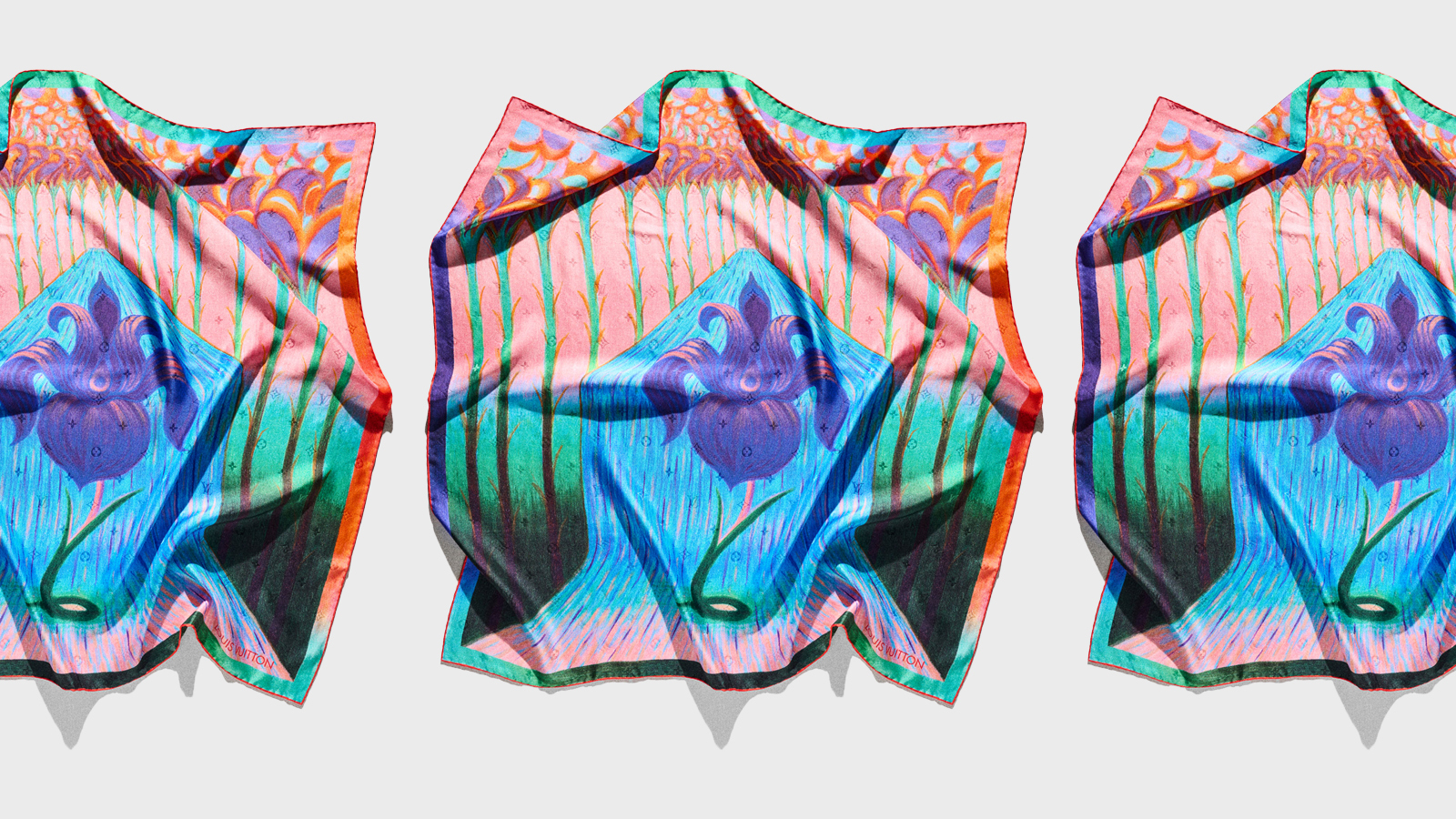 Louis Vuitton drafts contemporary artists to use the house’s silk ‘carré’ scarf as a colourful canvas
Louis Vuitton drafts contemporary artists to use the house’s silk ‘carré’ scarf as a colourful canvasIn a tradition which dates back to the 1980s, Louis Vuitton has asked five artists to reimagine its silk carré scarf using floral motifs
-
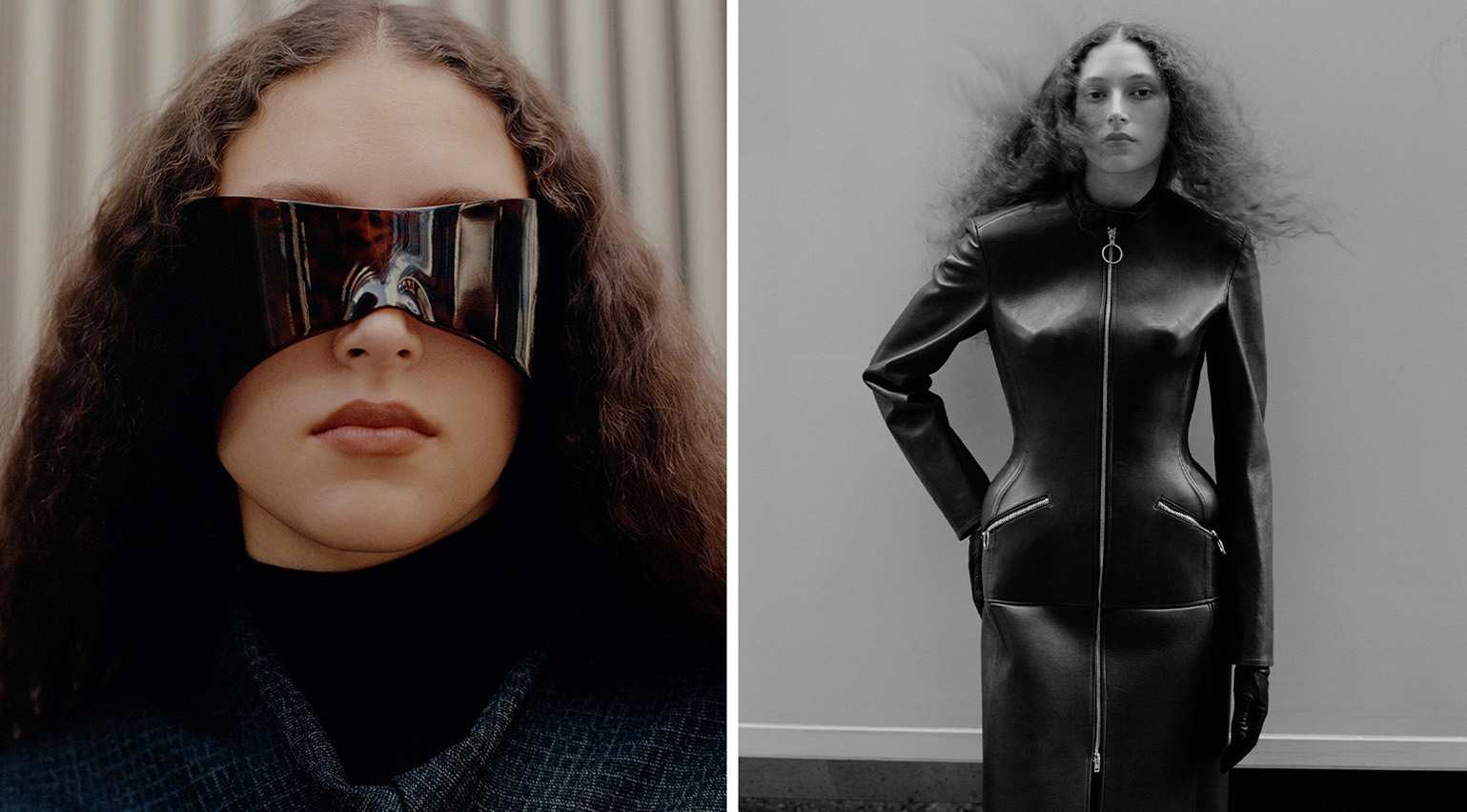 For A/W 2024, the working uniform gets a futuristic spin
For A/W 2024, the working uniform gets a futuristic spinSculpted silhouettes, unexpected textures and plays on classic outerwear meet in the A/W 2024 collections, providing a twisted new take on city dressing
-
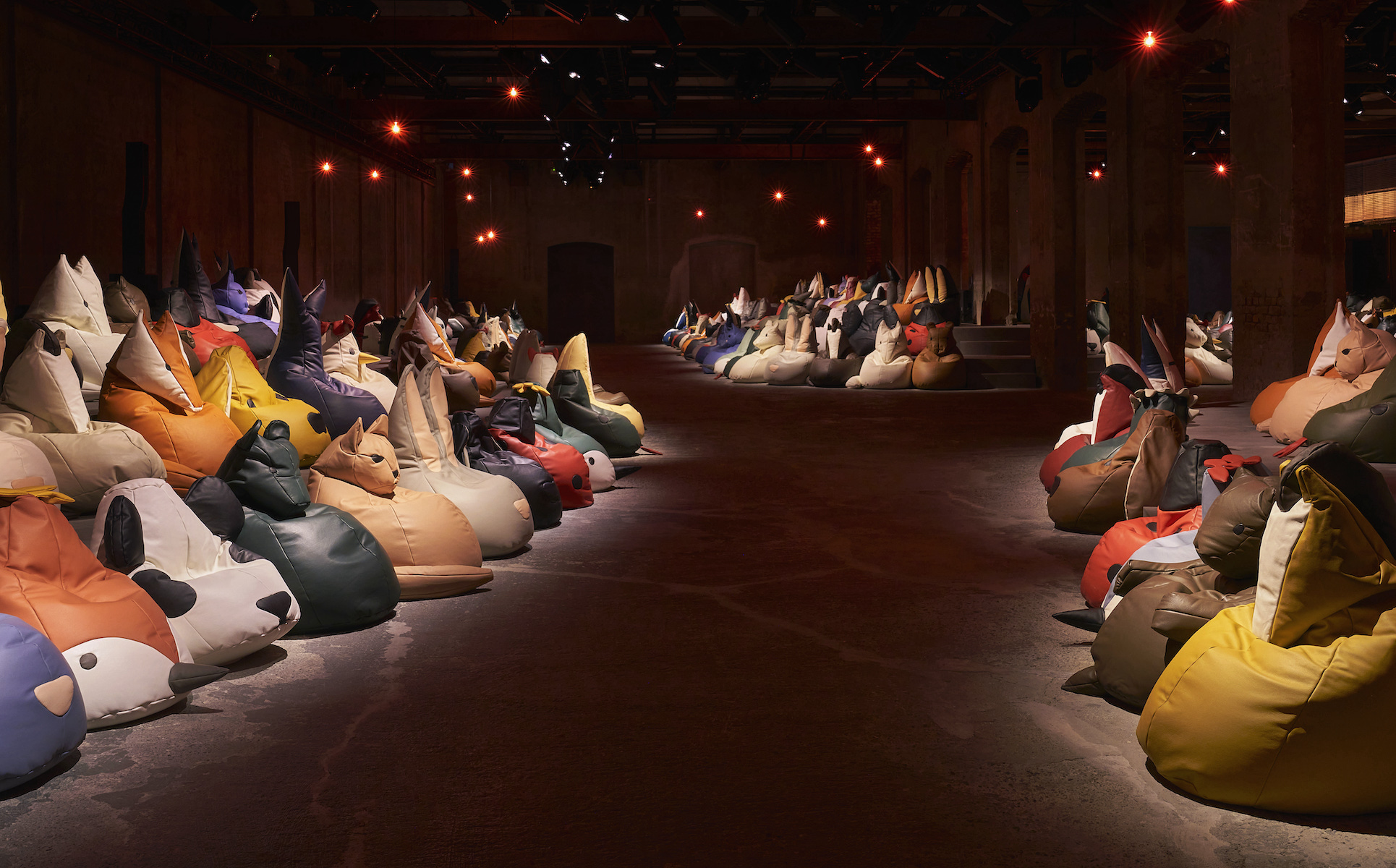 The breathtaking runway sets of S/S 2025, from beanbag animals to a twisted living room
The breathtaking runway sets of S/S 2025, from beanbag animals to a twisted living roomWallpaper* picks the best runway sets and show spaces of fashion month, which featured Bottega Veneta’s beanbag menagerie, opulence at Saint Laurent, and artist collaborations at Acne Studios and Burberry
-
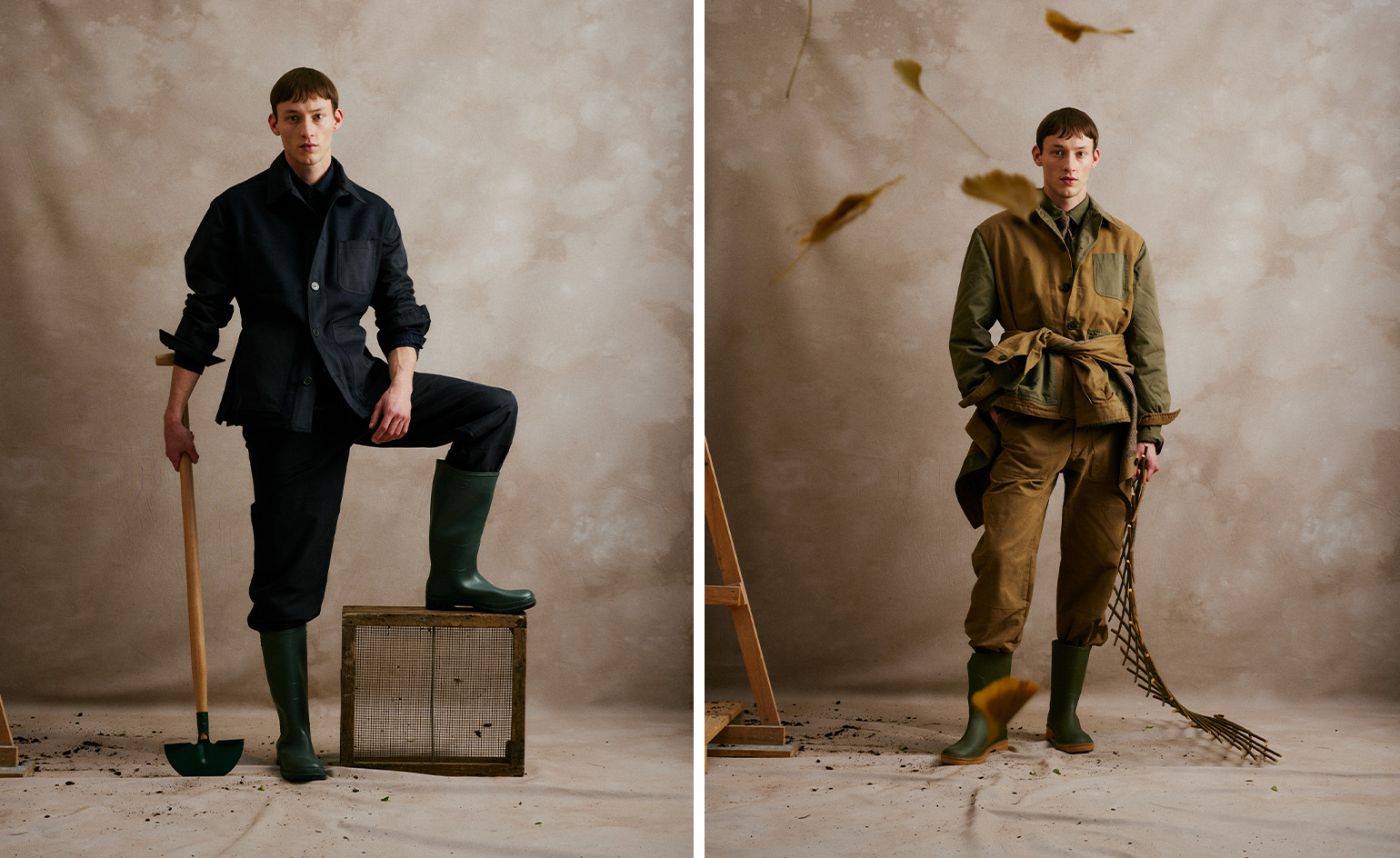 Rovi Lucca is the Milanese label creating ‘elevated workwear for garden lovers’
Rovi Lucca is the Milanese label creating ‘elevated workwear for garden lovers’Rooted in Italian craft, Bradley Seymour and Fabrizio Taliani’s horticulturally inspired Rovi Lucca finds inspiration in the gardens of Lucca, Tuscany
-
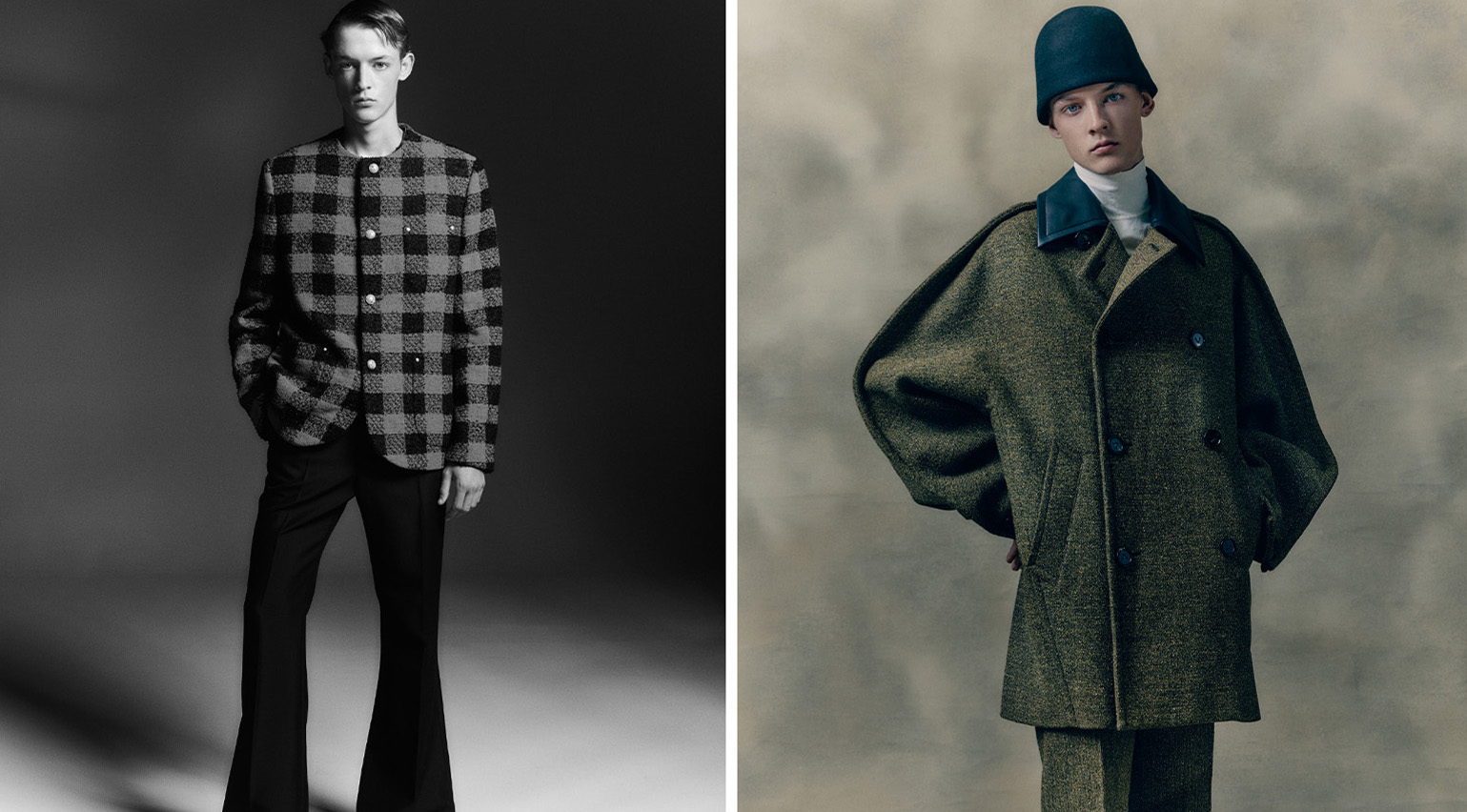 The A/W 2024 menswear collections were defined by a ‘new flamboyance’
The A/W 2024 menswear collections were defined by a ‘new flamboyance’Sleek and streamlined ensembles imbued with a sense of performance take centre stage in ‘Quiet on Set’, a portfolio of the A/W 2024 menswear collections photographed by Matthieu Delbreuve
-
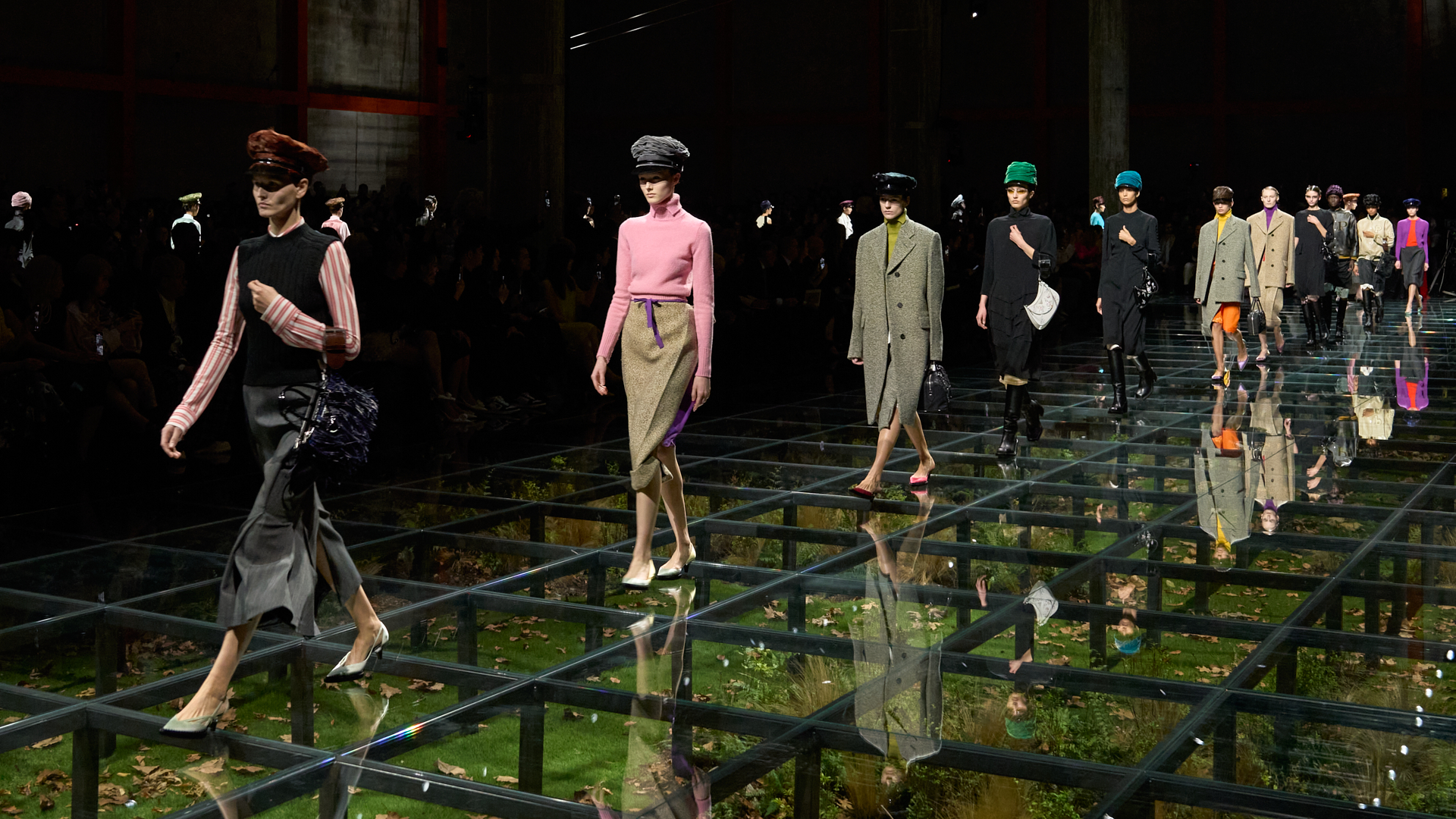 Women’s Fashion Week S/S 2025: what to expect
Women’s Fashion Week S/S 2025: what to expectNext week sees the arrival of Women’s Fashion Week S/S 2025, with stops in New York, London, Milan and Paris. Here, our comprehensive guide to the month, from Alaïa’s arrival in New York to Alessandro Michele’s Valentino debut
-
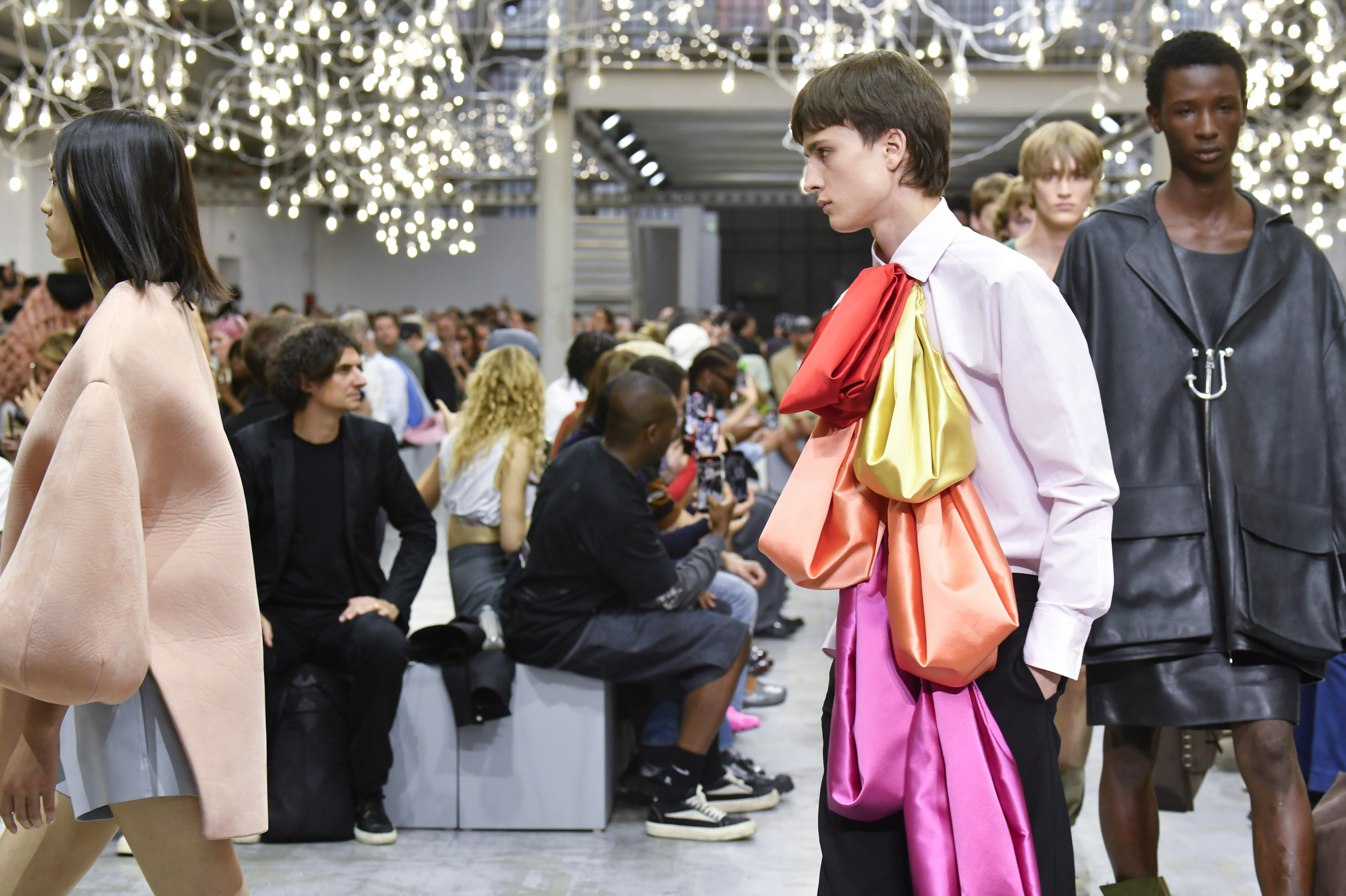 ‘Things are not what they seem’: Unpacking the S/S 2025 menswear shows
‘Things are not what they seem’: Unpacking the S/S 2025 menswear showsWallpaper* fashion features editor Jack Moss explores the trends and takeaways from this season’s menswear shows, from an embrace of ‘irrational clothing’ to couture-level craft and eclectic new takes on tailoring
-
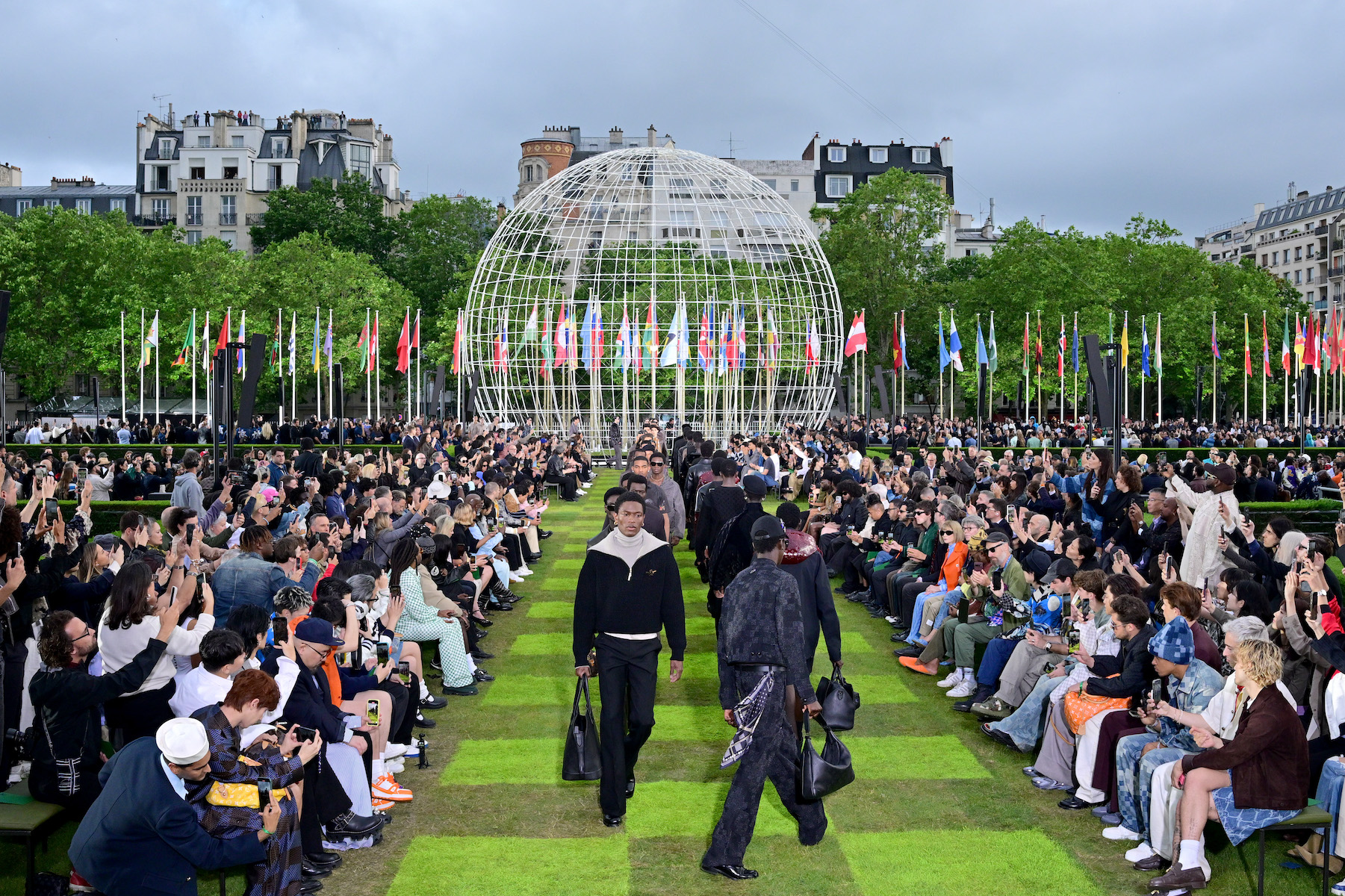 Pharrell Williams makes a plea for global unity with his UNESCO-set Louis Vuitton show
Pharrell Williams makes a plea for global unity with his UNESCO-set Louis Vuitton showPharrell Williams’ third menswear collection for Louis Vuitton continued to define his vision for the Parisian house, here conjuring a ’global dandy’ inspired by the archetypes of travel